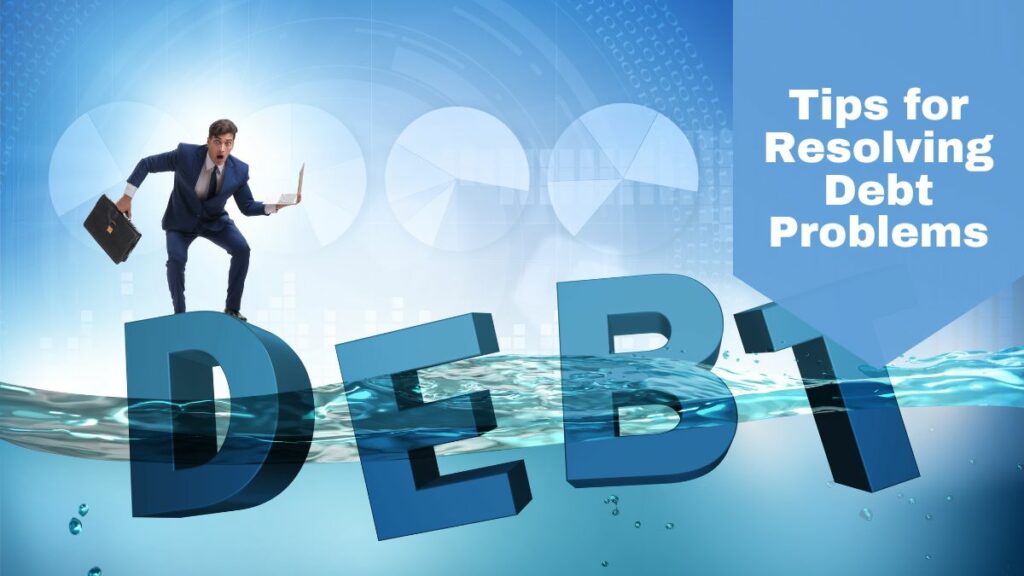To the extent that any debt is good, some debt is beneficial. For example, a mortgage provides shelter; a student loan avails you of an education; a vehicle loan results in means of transportation. But no matter what kind of debt you have, or what your debt load is, you must manage that debt. Here are tips for doing just that, as well as for resolving debt problems.
Determine Your Debt Load
Job 1 is figuring out how much you owe. To arrive at a figure, list all obligations, including each creditor, balance, monthly payment, interest rate, and payment due date. This will give you a big picture of what you’re facing. As you pay your bills, update your list. This will also motivate you to keep going.
Be on Time with Payments
It’ll be harder for you to erase your debt if you’re racking up late fees, which could result in higher finance charges and a higher interest rate.
What you can do to avoid this is use the calendar on your smartphone or computer to remind you of due dates. Note that if you’re paid on different days of the month, you must create a monthly calendar. If you still happen to miss a payment, send it in right away – before credit bureaus are alerted.
Pay the Minimum, at Least
While minimum payments preclude you from true progress in terms of erasing your debt, they’re better nothing if you can pay nothing more. Plus, they allow you to avoid late fees. If you’re going through a period of minimum payments, put the brakes on credit card usage and pay cash instead. Buy only what you can pay for with cash.
Prioritize Your Credit Card Debts
You may want to tackle the card with the highest interest rate, because that’s the one that’s costing the most money. While you’re doing that, make minimum payments on the rest of your cards. After you’ve paid that card off, proceed to the one with the next-highest balance, and continue until you’ve paid off all your plastic.
If you’re the type who needs to see immediate progress, pay off your lowest balance, while continuing to make minimum payments on your other cards. Once you’ve wiped that one out, tackle the card with the next-lowest balance. Rinse and repeat until you’re all clear. There are financial solutions with Achieve, so you should check them out as well.
Establish an Emergency Fund
You can’t stay debt free if you must whip out the plastic for every occasional emergency such as a car repair. This means that you need an emergency fund of at least $1,000 to fall back on. At length, you should build up a fund of three to six months of living expenses.
Control Your Spending
No financial strategy in the world will work unless your spending is reigned in. Make a budget and determine how much you’re spending each month, and on what. Those $4 fancy coffees that you shell out for on the way to work each morning, they do add up. If you’re in debt, invest in a thermos and make coffee at home for a while. Really look at how much you’re paying on “wants,” such as excessive entertaining and dining out, versus “needs,” which include shelter, utilities, etc.
If you’re serious about getting and staying out of debt, establish a budget that permits some “wants,” so that you’ll stick to it, but which prioritizes necessities and savings.
Calculate Debt-to-Income Ratio
This ratio will let you know how much of your money is going to debt payments. What you do is, divide your debt payments by your income, then multiply that by 100 to arrive at a percentage. Ideally, you want a figure that’s under 30 percent.
Getting rid of your debt problems means employing as many of these tips as you can, in accordance with your circumstances. If your situation is more dire, you may need debt settlement. For that, we suggest Freedom Debt Relief.
